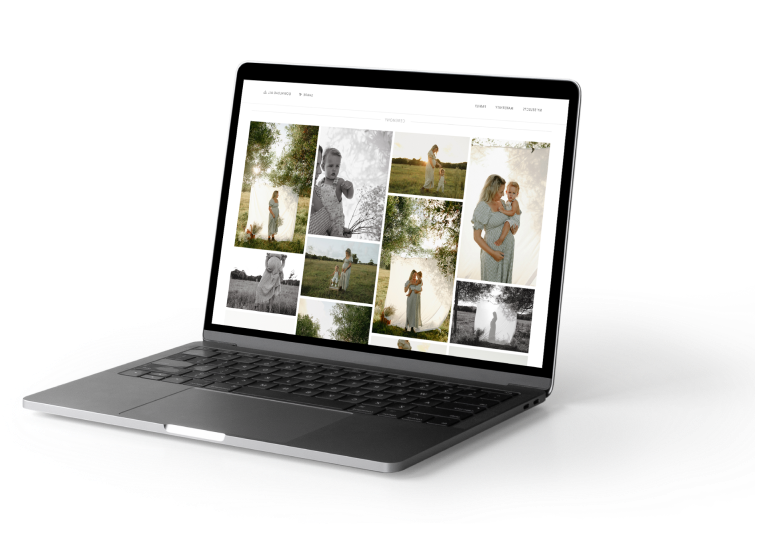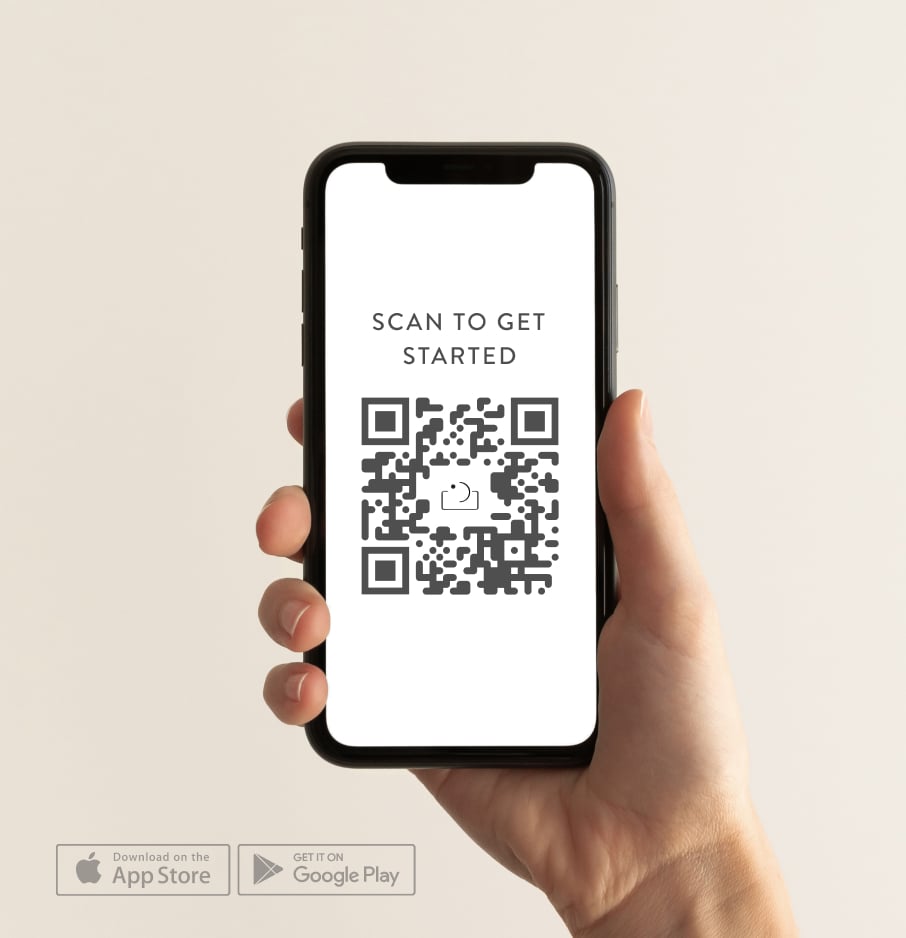There is some information that would have been great to know a little bit earlier in the piece. Like, what camera bag should I get? What are the absolute essential lenses I need to have in my kit? What the heck even is a full-frame sensor? Some of this stuff we learned along the way, and some of the lessons weren’t that difficult to internalise. But one thing’s for sure: we would have saved a whole lot of time and effort and money had someone been around to give us the goss when we first started out. The great thing about our community is this incredibly rich shared knowledge that we can all draw from. We asked, you delivered. Here’s a roundup of our community’s top voted gear. You’re welcome.
CAMERA BAGS
1. Kamrette
Sick of all the camera bags on the market that are just too camera-bag-ey? Kamrette might be just the thing you’re looking for. Crafted from beautiful leather, they’re extremely durable and robust enough to fit a camera body and a whole team of your favourite lenses. Kamrette camera bags fuse a love for photography with thoughtful design.
2. House of Flynn
These guys are great. Not only do their camera bags bust out of the mould of black on black on black but they’re also committed to being really really good humans. As a socially responsible business, they use low impact dyes, sustainably grown materials, and even sponsor an orphanage in Mexico. Their camera bags are divided up into categories of ‘3 or fewer lenses,’ ‘4-5 lenses,’ and ‘up to 7 lenses’ so you know how to find what you want when you get there.
3. Ona Bags
Self-described as a “purveyor of fine bags and accessories,” Ona bags are very cool. Sleek, bespoke, and inspired by creative professionals, Ona bags are made of full-grain leather, waxed canvas, and brass hardware. It wouldn’t be surprising to see one nestled under the chair of the trendiest person at your local espresso bar.
4. Brevite Bags
For all you scouts and adventurers out there looking to get into the elements but keep your gear dry, these bags are made for the wild at heart. Making backpacks that are comfortable and under a lifetime warranty, Brevite promises “insanely functional backpacks to help you create, make, and do what matters to you.”
5. Kelly Moore Bag
Fresh in form and function, Kelly Moore bags look a lot like handbags and overnighters but with all of the organisation and storage of a ‘real’ camera bag. If you want to arrive on a shoot without compromising on your own feminine style, check these bags out.

LENSES
When it comes to lens selection, deciding whether to invest in prime lenses or zoom lenses is a pretty hot debate between photographers. In our opinion, there’s a time and a place for everything and it’s up to you to decide what works best for your sessions. The main difference is the focal lengths. Prime lenses have a fixed focal length, while zoom lenses allow you to use a range of focal lengths. Maybe you’re not in the business of changing lenses as the scenarios change, but if you want to travel light and don’t have a lot of cash to burn, prime lenses are the answer. And although zoom lenses are super convenient, they’re also more prone to distortion. As with everything, there are upsides and downsides to each side of the argument. And to get you started, we’ve made a list of our top 5 lenses.
1. 70 - 200
The 70 - 200 is a mainstay in many photographers’ camera bags for a good reason. With its shallow depth of field and impressive telephoto reach, it’s a bit of a no-brainer for every session from wedding to portraiture and wildlife to sports.
Sigma and Canon are at the top of their game consistently, and their respective versions of this lens are both pretty drool-worthy. Check out the Sigma 70-200mm f/2.8 DG OS HSM | S, and the Canon EF 70-200 f/4L IS II USM.
2. 35
For those of you already in the 35mm lens club, we’re preaching to the converted. There’s something so spell-binding about this lens that people who love it really, really love it. And we, for one, can absolutely see why. These small lenses pack a punch with their low-light performance, versatility, video capability, and tasteful wide angle. Our friends in the Unscripted community love the way it performs in family and lifestyle sessions in particular. The Sigma 35mm f/1.4 DG HSM Art Series is regularly praised for its creamy bokeh, sharp focus, and affordability.
3. 85
In our humble opinion, the 85 is the best lens for portraits. Hands down. Its capacity for subject-background separation is exquisite when shooting people, and the compression of the lens offers little to no distortion. Having said that, the 85 is also surprisingly versatile for a fixed lens. Provided you have the space to play with, this lens could also be a great choice for food, architecture, or travel. Canon takes the cake on this one with their L series 85mm f/1.4 IS US, but it’ll cost ya a pretty penny. For those shooting on a budget, the Sigma 85mm f/1.4 DG HSM Art comes up second.
4. 50
Often praised for their versatility and their low price tag, the 50mm is a crowd-favourite for a few noteworthy reasons: they’re small, they’re adaptable, they’re fast, they’re great for low-light scenarios, and they’re cheap. What’s more, is that the human eye pretty much sees in 50mm focal lengths, so photographs taken with a 50mm lens are easier for our eyes to decipher. If you’re shooting with Sony, the 50mm sony planar t* fe 50mm f/1.4 za is making waves in the photographic atmosphere, but the Canon TS-E 50mm f/2.8L MACRO is incredible too.
5. 24 - 70
Life is like a box of chocolates, right? And the 24 - 70 has what it takes when you can’t possibly anticipate what you’re gonna get. This all-rounder is probably one of the most versatile lenses on the market and boasts a whole range of possibilities in the face of all the curve balls that life throws at you. Shift seamlessly from wide-angle to zoom and shift with your changing subjects. Good for family shoots, portraits, landscapes, and weddings, this lens is a great place to start if you haven’t decided where your niche is yet. Canon EF 24-70mm f/2.8L II USM is one of the best ones out there.

CAMERA BODIES
If you’re just starting out and by some fluke you’re not already entrenched in the Canon vs. Nikon rivalry, you have some decisions to make. Choosing a camera isn’t as simple as it sounds. It’s the tool that will be the cornerstone of your business, and that can be a little bit daunting, to say the least. Especially when there are a million other things on the consumer market competing for your attention. One of the first questions you need to ask yourself is whether you need a full-frame sensor. And what even is one?
A full-frame camera is a Single Lens Reflex (SLR) camera with no crop factor. Full-frame cameras have been the obvious option for professional photographers for decades. Full-frame refers to the sensor size and the common understanding is often ‘the bigger the better.’ But with mirrorless cameras advancing, the choice becomes a little harder. Here are some of the pros and cons as we see it:
Pros of DSLR cameras:
- Optical viewfinders mean no delay!
- Generally quicker autofocus
- More lens compatibility
Cons of DSLR cameras:
- Heavier
- More expensive
- Generally slower continuous shooting speeds
And while you’re getting your head around that, read on to see our top camera body picks.
1. Canon 5D Mark IV
The Canon EOS 5D series is probably one of the most ubiquitous cameras of the digital age. This beast has a super high-resolution sensor with Dual Pixel autofocus, 4K video capture, touchscreen, Wi-Fi, and for those rainy wedding days, robust weather sealing. It’s clean high ISO, impressive dynamic range, and killer autofocus system makes it a super competitive camera whether you’re shooting weddings, portraits, landscapes, or interiors.
2. Sony a7iii
The Sony a7iii is a formidable full-frame, mirrorless camera. And despite how small it is, it packs a punch. It’s a sweet little balance of resolution, speed, and affordability and it's a great place to start as a newbie photographer. If you think you might spring off into the world of video, this little camera can be built out to suit your needs. With a dynamic range, autofocus system, and drive speed to put the Canon 6D Mark II to shame, the SONY a7iii represents all the new, exciting, and shiny things that are possible with mirrorless cameras these days.
3. Canon 6D Mark II
The Canon 6D is a great full-frame camera if you haven’t quite shot enough weddings to justify a Canon 5D Mark IV. It won’t be the first choice for long-standing professionals, but that doesn’t mean it doesn’t have anything going for it. It’s the perfect camera for the right person. It’s super light--the lightest full-frame DSLR ever, to be exact. And with its weather resistance, it’s a great camera to take with you wherever the job leads you.
4. Nikon D750
We’re all for condensing large-format image quality into a light little camera, and the Nikon D750 does this well. Perfect for beginners and hobbyists, it’s one of the better cameras you can get at its price point, and focuses and shoots well in low lighting scenarios. And if you love shooting without a viewfinder, the Nikon D750 has a handy little flippy screen, too, making it first one of its kind!
5. Canon 80D
The Canon EOS 80D is the common tool of choice for passionate enthusiast photographers, and for good reason. It’s got a 24-million-pixel sensor and a 45-point hybrid AF system -- quite the step up from the 19-point AF system of its predecessor, the 70D. Although it falls short in every area except price when up against the 5D Mark IV, it’s a great camera and a serious improvement from the 70D.

FLASHES
A common misconception about using supplemental light sources is that you need big, complicated pieces of equipment to get the job done. And as beautiful as natural light is, using a flash can enable you to get quality results in a much wider variety of lighting conditions. In some cases, it’s actually easier and less labour intensive once you get used to them. If you’ve avoided flash photography all this time because every time you use the flash it just reeks of all of those old cringe-worthy photos deep in the Facebook archives of you at the club, we don’t blame you! But good flash photography doesn’t look like flash photography. Here are some basic concepts to help you take flash photos you genuinely enjoy looking at.
- Diffuse
A big part of learning to love the flash is to make the light of the flash less… flashy. The best way to do this is to get a diffuser to stick over the flash and make the surface of the flash big enough so that the light has a chance to soften and spread out.
- Bounce
Either redirecting the light to bounce it off another surface like the ceiling or physically moving the flash off-camera can change the quality of the light quite drastically. If you’re bouncing the light, remember that the light will take on the colour of the surface you bounce it off of.
- Manual
Just like learning the ropes with manual exposure on your camera, learning manual flash gives more creative control over your images by adjusting the light to be brighter or darker. Have a little play with the settings and let trial and error lead you in the right direction. The best thing about shooting digital is that you can see the images instantly and adjust accordingly.
The flash, when used properly, is a bit of a revelation. One of the most ubiquitous photography accessories out there, it’ll help you take damn good photos once you get past the initial growing pains.
HERE ARE 3 OF OUR TOP FLASHES!
1. Canon Speedlite 600EX II-RT
This guy is at the top of his game, topping the rest of Canon’s range of flashes and has all the features you’d expect from a nice bit of gear like this. With powerful performance, fast frame-rate shooting, wireless shooting, high-speed sync, and a great infra-red auto-focus assist, it’ll cost you a pretty penny but will wash out to be worth your while in the long run.
2. Nikon SB-5000
A full-featured flash with a radio remote slave, this flash is a first for Nikon. It’s got a pretty wide range of power for everything from the dance floor to nighttime landscapes.
3. Nikon SB-700 AF Speedlight
With great i-TTL flash control, this flash handles all aspects of zoom and exposure control to deliver the ideal amount of light for any given scene without you having to fiddle with all the controls yourself.

DRONES
It used to be that the only way to get a birds-eye view through the lens was to board an airplane, helicopter, or elevator to the top of a towering skyscraper. But now with the advent of drones, you can bring a whole new perspective to your photography without having to do any of that. Professional aerial footage can come from a folding drone that slips easily into your backpack! Here are a few of the best ones out there:
1. DJI Mavic Air 2
This is probably the best all-rounder drone for new drone pilots. It’s kind of a mini version of the Mavic 2 Pro and has the ability to shoot in sharp 4K/60p without compromising on flight time.
2. DJI Magic 2 Pro
If money is no issue, this is probably one of the most formidable drones on the market. It’s got a large sensor, it’s easy to fly, and the foldable design makes it portable and travel-friendly.
3. PowerVision PowerEgg X
This is the drone of the future. With its versatile modular design, it can be both a handheld camera and a drone that can fly in the rain and land on water. The only thing that you compromise a bit on image quality and it doesn’t have raw video mode.

CAMERA STRAPS AND HARNESSES
As your kindergarten teacher probably taught you real early on, there are no right answers and it’s overall a really healthy thing that everyone learns to do things their own way. But a lot of wedding photographers choose to shoot with two cameras, and here’s why:
- You need a backup. This is not a drill. If one camera goes down, you’ll need to replace it. And portrait mode on your phone will absolutely not work.
- You have the opportunity to sport two different lenses on two different bodies to achieve… you guessed it, TWO different looks.
Here are some good straps and harness options to keep you from earning the nickname butterfingers on shoot day.
1. Strapped Camera Co
Sweet leather straps with little pockets for the pesky and elusive lens-cap.
2. Holdfast Gear
High-grade leather, anchored metal d-rings, safety straps, and all the bells and whistles for secure cameras and a comfortable fit.
3. Lyla.foto
Handmade in Western Australia, these vintage camera straps are soft around the neck and perfect for stabilising your hand during shooting.

SD AND CF CARDS
Hopefully you’ve never been in the horrifying position of having had a memory card fail on you, but if you have you’re likely to be all over the file wrangling workflow (and backup like a maniac). Regardless of how paranoid or cavalier you are, it’s worth protecting your files and shooting with two memory cards so you’re never left empty handed when clients are paying you to deliver. Here are some of the best ones on the market.
Compact Flash:
- SP 1100x UDMA7
- PNY Elite Performance UDMA7
- Sandisk Extreme Pro UDMA7
SD Cards:
- Sandisk Extreme Pro SDHC UHS-I
- Sony SF-G Tough Series UHS-II SDHC
- Lexar 1TB Professional 633x UHS-I SDXC
Ah, the dreaded spinning wheel of death. The ‘no scratch disk space’ error from Photoshop. A sluggish operating system. New updates. Any of this sound familiar? Chances are, we’ve all been there. Invest in a good durable hard drive and give your large files a better home. With hard drives these days faster, tougher, and more portable than ever there are a lot of viable options out there. Invest in a good one, it’ll save you lots of time and heartache. Once they fill up, date them and stow them away for safekeeping.
Start with these four:
- LaCie Porsche Design Mobile Drive 4TB
- Western Digital My Passport 4TB
- Samsung Portable SSD T5
- G-Technology G-Raid with Thunderbolt 3

If your head is swimming after all of this heavy info, don’t sweat it. The best camera kits are often built over a few years, and there’s absolutely no rush to go out and buy it all at once! You’re welcome to revisit this list as you realise a need for each of these things or if you’re looking to revamp some of your gear.
And if you think there’s anything we’ve missed in the process, please don’t hesitate to jump into the conversations we’ve been having in our Facebook group.

lead your photography
sessions with confidence.


FAQs
What should a beginner photographer buy?
What kind of software does a photographer need?
How do I decide what camera is best for me?


